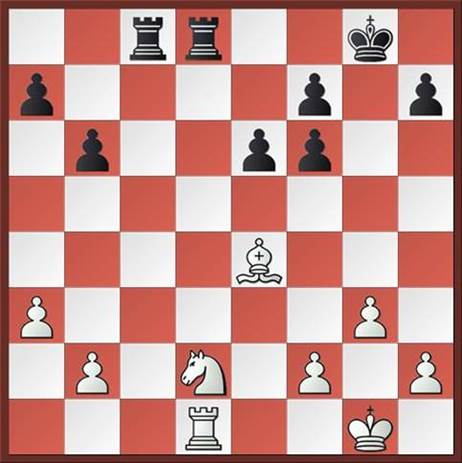3 Most Unusual Chess Compositions Ever Made
These chess composition require 8, 11 and 12 moves to deliver the checkmate. Of course, it’s more difficult to find solutions for multi-move problems, but these are not ‘impossible’.
I believe, that every chess player that understands notation and can use it in his own games is capable of solving these compositions in a reasonable amount of time.
I want to ask each and every chess player who is reading this right now, to set aside a few minutes of your time and to challenge yourself with these compositions!
1.Y.Shinkman, 1887: White to move and mate in 8

2. V. Speckmann, 1951: White to move and mate in 11

3. B. Barret, 1874: White to move and mate in 12

If you have difficulties solving it, read our how to solve tactics problems guide
Don’t forget to post your solution in the comment field below!
Updated 04.07.2023










Comments: